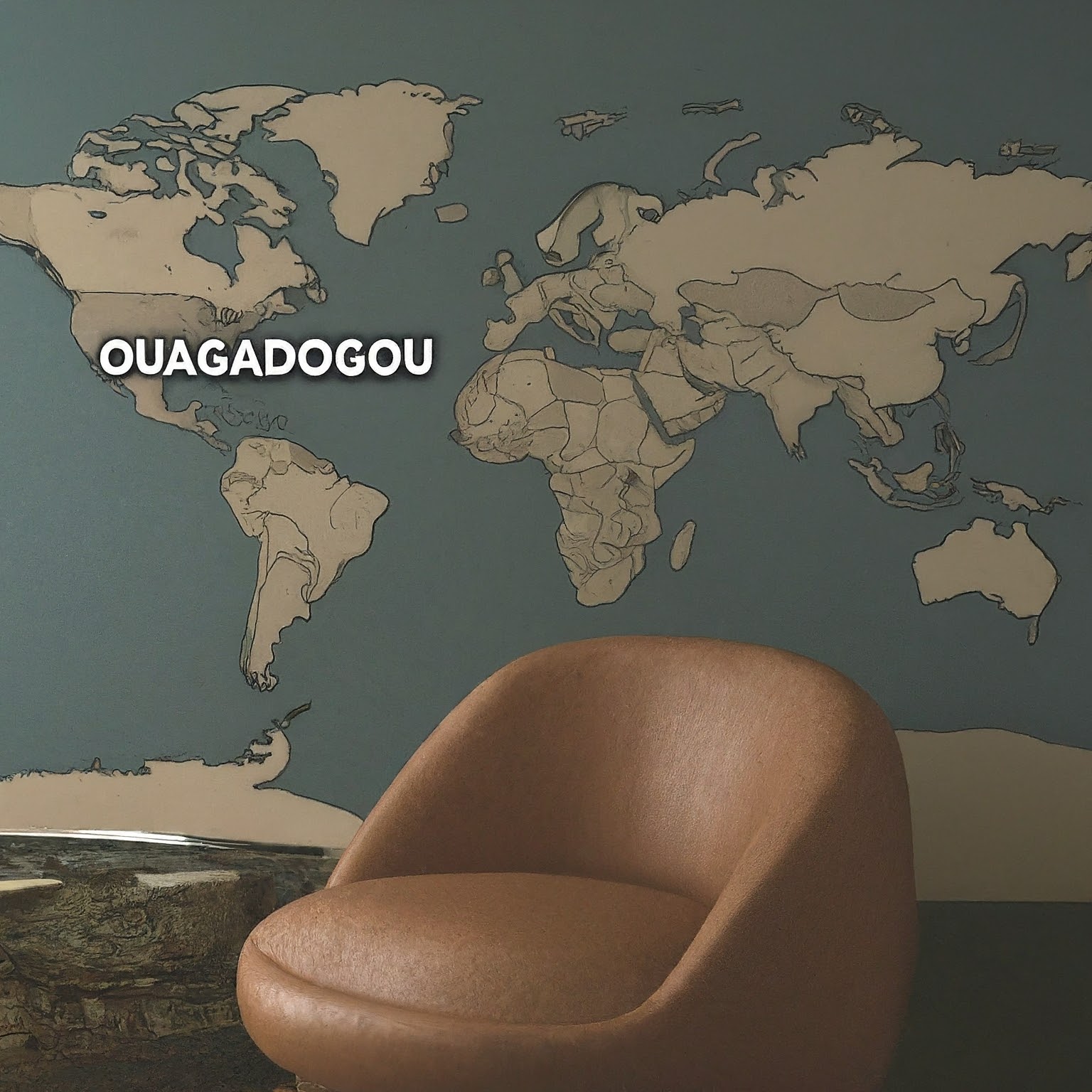The world of international dialing codes can be a confusing one, and the “1 226” code is a prime example. At first glance, it might seem straightforward. After all, “1” is the country code for the United States and Canada, right? But a deeper dive reveals a more intriguing story.

Here’s where things get interesting: “1 226” can actually represent two different locations!
-
Canada’s Southwestern Connection
While the “1” country code points to North America, the “226” code isn’t a national code but an area code specific to the southwestern region of Ontario, Canada. Introduced in 2006, this area code overlays the existing “519” code, serving major cities like London, Windsor, and Kitchener-Waterloo. So, if you encounter a phone number with the “1 226” prefix, it likely belongs to someone in this part of Canada.
-
Burkina Faso: Landlocked in West Africa
There’s another twist! “226” also serves as the country code for Burkina Faso, a nation nestled in West Africa. To dial a number in Burkina Faso from outside the country, you would use the full code “+226” followed by the local phone number.
Making the Right Connection
To ensure a successful international call, it’s crucial to determine the intended location. Here are some pointers
-
Context is Key
- Look for clues in the situation. Is it a business contact likely associated with Canada or a friend you know lives in Burkina Faso
-
Area Code Overlap
- If unsure, and the context doesn’t provide clarity, searching the phone number online might reveal if it belongs to a specific region within Canada.
The “1 226” code highlights the importance of understanding international dialing conventions. A little extra effort can ensure your call reaches the right destination, across continents or within a single country.
لا تعليق